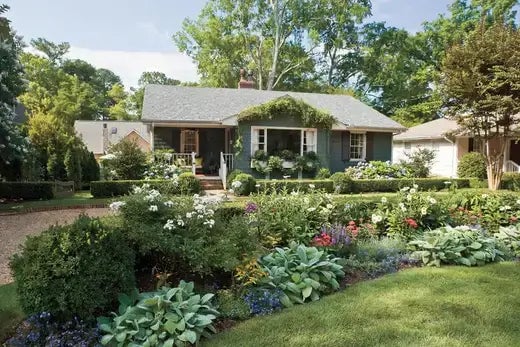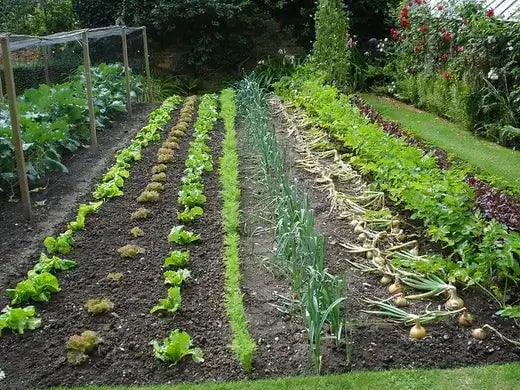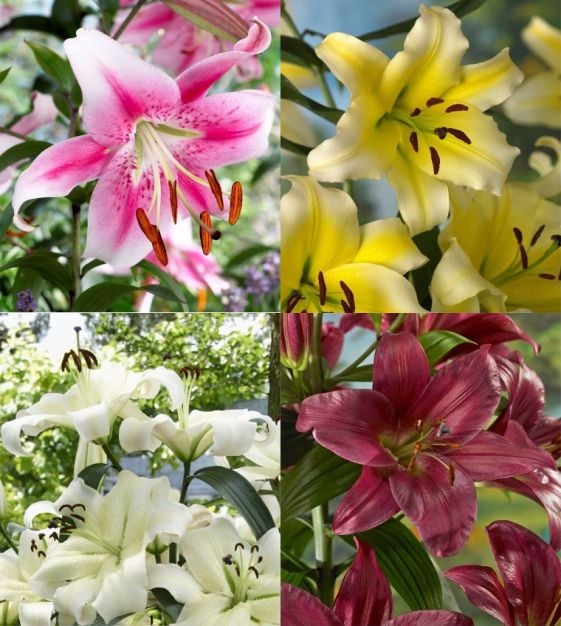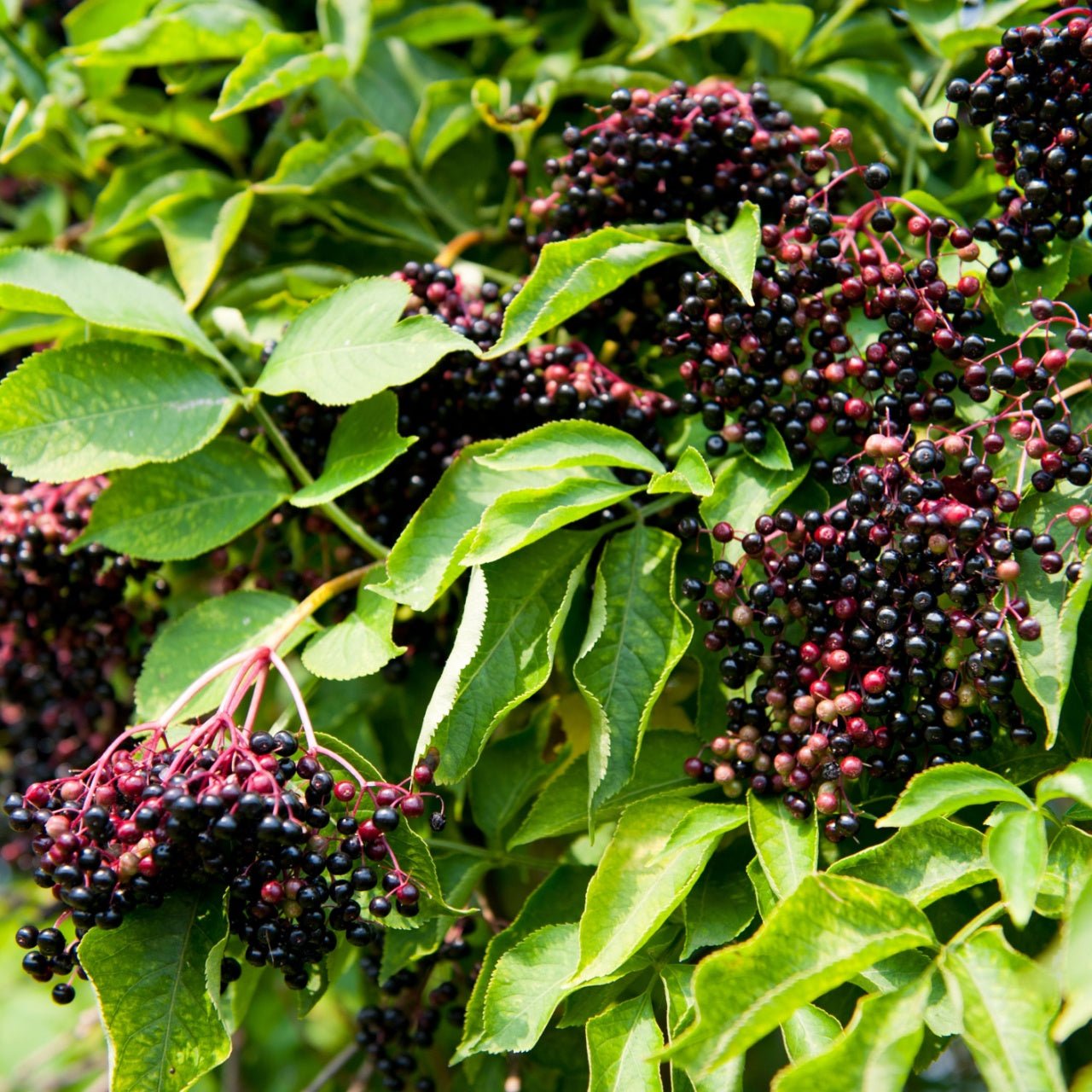Even gardeners with the greenest thumbs sometimes have difficulty with vegetable gardens.
Novice gardeners who want to experiment with self-sufficiency by growing a small vegetable plot can find the task daunting.
Beginners quickly learn to appreciate the effort that more experienced counterparts put into raising greens for the local farmers’ market!
Would-be vegetable gardeners should realize that not all vegetables are the same. Just as individual flowers prefer soil with secure water retention or drainage characteristics, each type of vegetable has specific soil preferences. Some ornamental plants prefer full or partial sun, and vegetables have similar choices.
Particular fertilizers may improve a plant’s leaf growth or bloom production, and vegetables exhibit those same responses to different fertilizer mixes. Vegetable crops need to be planted at certain times to produce a good harvest in the same way that flowering bulbs must be planted in the fall to produce a floral show in the spring.
The first step to growing vegetables is to know the plants’ light requirements. Most vegetable plants require eight to 10 hours of full sun per day, but some will do nicely with much less. Lettuces, arugula, spinach, mesclun, and most Asian greens will grow well in as little as two hours of sunlight per day. Low light levels may produce smaller leaves, but leafy vegetables are tender when small.
Peas and beans require four to five hours of sun per day. They will grow with less light, but the growth is slower. Root vegetables also require four to five hours of sunlight, but they make do with less and produce more slowly. That may be acceptable for the casual gardener since large quantities of crops are not needed for sale or survival. Small potatoes and carrots are also the preferred harvests in some cases.
The second step to growing vegetables is to know which type of soil is required. This step is slightly less critical than the sunlight requirement because you can amend the soil to meet the plants’ needs. All vegetables will do well in loose, well-drained soil.
Clay contains nutrients, but it drains too poorly for a healthy garden. Sand is deficient in nutrients and drains too rapidly for healthy plant growth. Loam is ideal for growing a vegetable garden because it retains moisture and nutrients long enough for its roots to absorb.
Naturally occurring organic materials in the soil provide the nutrients vegetables need to thrive. Still, these nutrients can be supplemented or even offered in whole through the addition of the proper fertilizer. Nitrogen, phosphorus, and potassium are the three primary nutrients required by plants.
Commercially available fertilizers list these elements as the N-P-K numbers on the containers. Local agricultural extension service offices will usually test a soil sample for a small fee, and the test results will indicate if amendments are needed. Soil amendments do not have to come from a bag. Wood ash is high in potassium, manure is high in nitrogen, and bone meal increases the phosphorus content of the soil.
Water is the third critical factor in growing a vegetable garden; Some plants require more water than others. For example, juicy vegetables like tomatoes and corn have high water needs.
Vegetables such as hot peppers require very little water and produce spicier peppers when less water is supplied. Gardeners must keep watch over the developing plants and provide water when natural rainfall is inadequate.
By keeping the specific type of vegetable in mind and planting appropriate varieties, casual gardeners can harvest vegetables from small plots of land or even from porch container gardens. The key to growing a productive vegetable garden is keeping the specific needs of each type of vegetable in mind when planning and planting.
Source of Information on Beginning a Vegetable Garden
Read more

Although most people plant flowers during the spring, sometimes the need arises during the summer to add some color and interest to the outdoor environment. Many homeowners and businesses routinely...

If you use these principles of organic gardening, the results are apparent.It demonstrates that you are concerned about the environment and the health of your plants to be healthy and thriving.Like...





